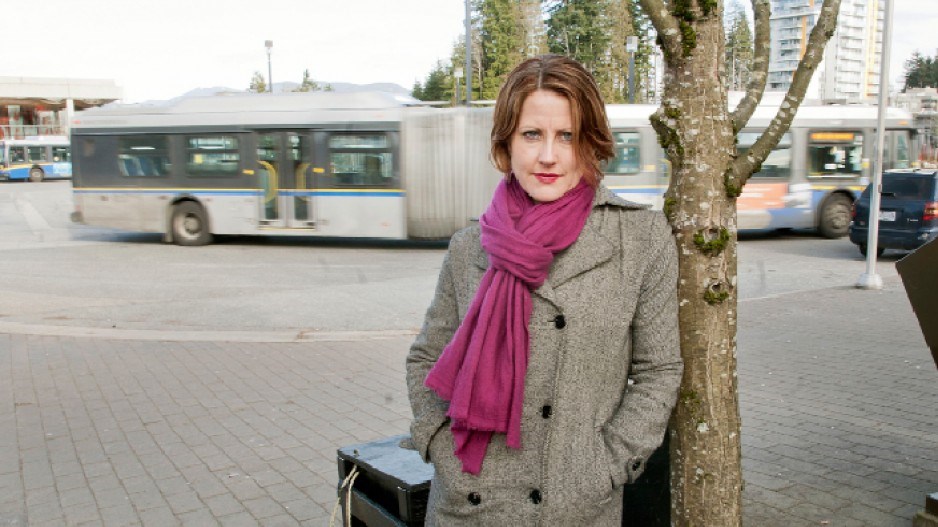With a ballooning population, Surrey is gearing up for a battle against growing transportation demands while trying to lower greenhouse gas emissions.
The city has pledged to cut emissions by 22% per capita by 2020 and 80% per capita by the year 2050.
“They’re very aggressive targets,” said Anna Mathewson, manager of sustainability at the City of Surrey. “[But] council set those, and we’re going to continue to work toward them. Those targets are not changing.”
According to the B.C. Ministry of Environment’s 2007 community energy and emissions inventory – the most recent available – 85% of Surrey residents commuted to work in 2007 in personal vehicles while only 11% used public transit.
By comparison, 58% of Vancouver residents and 69% of Burnaby residents used personal vehicles to get to and from work, while 25% of both communities used public transportation, according to the inventory.
Surrey needs environmentally friendly, affordable commuting options that will increase transit ridership, Mathewson said.
And the city aims to achieve this in part through the promotion of more compact neighbourhoods that will attract better transit service.
“About 66% of our development is in multi-family form and an increasing share of this development is in areas that can be well served by transit.”
Surrey offers three-year tax exemptions and 50% licensing fee reductions to green-tech companies willing to locate in the city, yet it offers no such incentive to promote settlement along rapid transit routes.
And transit use has been dropping.
Between 2006 and 2008, it fell from 10.9% to 9.6%, according to the city’s comprehensive trends analyses and action updates.
Bicycle commuters, however, increased to 0.8% from 0.4%.
A 2010 TransLink study also showed transit use in Surrey has dropped.
Tamim Raad, TransLink’s director of strategic planning and policy, said that getting people out of cars and into public transit is not as simple as convincing them to change behaviours.
“It is critical to make sure [development] is putting people in places that promote efficient travel,” Raad said, noting that while most people agree sustainable travel is important, they will choose it only when it adequately serves them.
“Since TransLink ’s creation, we have had 450,000 people move into the region,” said Raad. “We won’t be able to accommodate a million more with the way we [use transportation] today.”
Meg Holden, associate professor in urban studies and geography at Simon Fraser University, agreed.
“Surrey needs to align great transit with land use and housing development planning for a range of households,” Holden said.
“There is no way to do [that] and preserve quality of life unless you can reorganize the city so that people choose to live where their last choice for [commuting] is a private automobile,” she said.
Although Holden remains hopeful Surrey will succeed in achieving its goals, she acknowledges more needs to be done. “With the rates of growth we are experiencing, we just need to scale it up.” •




